
Johns Hopkins University
Posted in EastJohns Hopkins University, usually referred to as Hopkins, is a private researched university situated in Baltimore, Maryland. It also maintains campuses in Washington, D.C., China, Italy, and Singapore. Hopkins was responsible for creating the concept of the modern research university, and throughout its history has ranked among the world’s best research universities. It is currently ranked by U.S. News as the 13th best university in the United States. For 31 straight years, the National Science Foundation has ranked Hopkins first in the country in medial, science, and engineering development and research spending. As of 2011, 37 Nobel Prize winners have been associated with Johns Hopkins University.
History
The concept for Johns Hopkins University was suggested by Johns Hopkins on his deathbed in 1873. Hopkins, a Quaker entrepreneur, donated 7 million dollars to fund a university and hospital in Baltimore, Maryland, which was the largest philanthropic gift in the United States at the time. The original board wanted to develop a university dedicated to the discovery of knowledge, and as such Johns Hopkins University became the model for the modern research university. Its success caused a shift in higher education in the United States, from a focus on teaching applied knowledge to discovering new knowledge. The country was divided and torn apart following the Civil War, and the founders wanted the university to strengthen ties nationally. The Johns Hopkins Hospital and the medical school were completed in 1889 and 1893 respectively, attracting world-renowned faculty members. Hopkins also made history by becoming the first medical school to admit women.
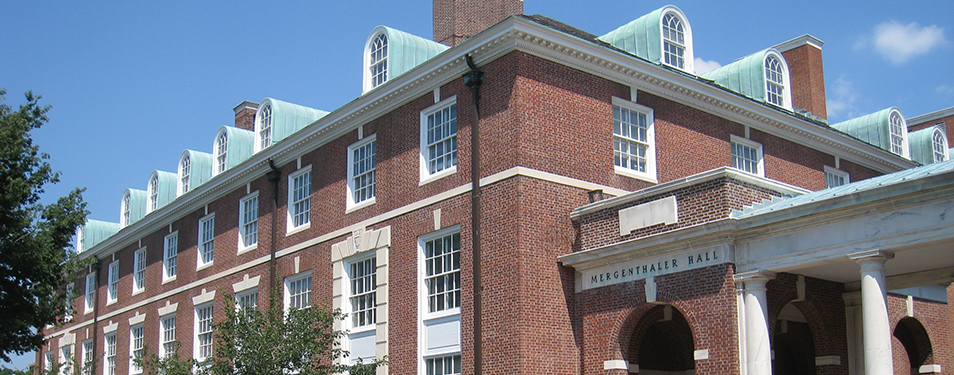
Programs
The Bloomberg School of Public Health is ranked by U.S. News as 11th in Healthcare Management, 1st in Nursing, and 1st in Public Health. Since its founding in 1916, faculty and students have helped make water safe to drink, eradicate smallpox, reduce the spread of HIV, improve child survival, and uncover the dangers of tobacco smoke. Today, scientists and researchers associated with the school are discovering ways to reduce the toll of chronic disease, eliminate malaria, and change the biology of aging. Students at Bloomberg can choose between nine different accredited graduate degrees (three doctoral programs and six master’s programs), as well as many other programs that offer opportunities for online learning and continued education. Academic programs are offered through many individual departments, including International Health, Epidemiology, Mental Health, Biochemistry and Molecular Biology, and Health Policy and Management. Bloomberg also offers two residency programs for physicians. One focuses on environmental and occupational medicine, while the other looks at preventive medicine. Both are two year programs. The School of Education is ranked by the U.S. News as the 2nd best Education School in the United States. It was established in 2007, and has quickly become a national leader in education reform through teaching and research, and receives the most funded research in the country. The school’s innovative research and academic programs seek to address the most pressing needs of PK-12 schools, which includes recruiting and preparing new teachers, building school leadership, and addressing the emotional and social needs of students. The school offers 2 Doctoral Programs, 6 Master’s Programs, and many Graduate Certificate Programs.

Pros & Cons
Johns Hopkins University is ranked by U.S. News as the 13th best institute of higher learning in the United States. Students who attend Johns Hopkins receive a top quality education. Hopkins has an excellent public health program, which is the most popular major at the school. All freshmen and sophomores are required to live on-campus. This allows students to meet new people and make new friends. Hopkins has a thriving Greek community which encompasses more than 1000 students. It is a difficult school to get into, however, as the Fall 2011 acceptance rate was only 18.4%. It is also expensive to attend: tuition costs over $43 000 while room and board costs over $13 000. Because of this, 45.7% of undergraduates require financial aid. This can lead to serious student debts after graduation which can be difficult to pay off.

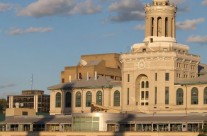 Carnegie Mellon University
Carnegie Mellon University Duke University
Duke University Johns Hopkins University
Johns Hopkins University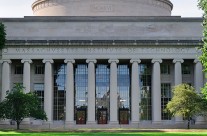 Massachusetts Institute of Technology
Massachusetts Institute of Technology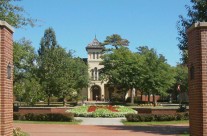 Rutgers University
Rutgers University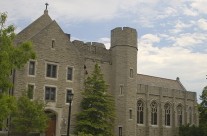 Villanova University
Villanova University